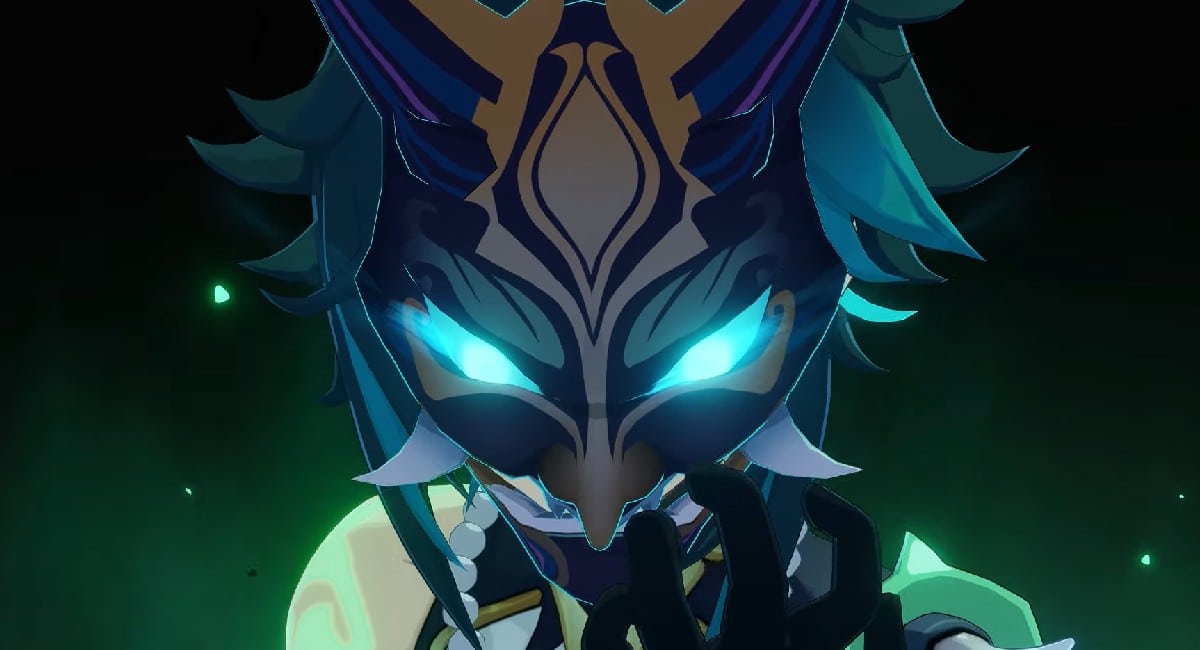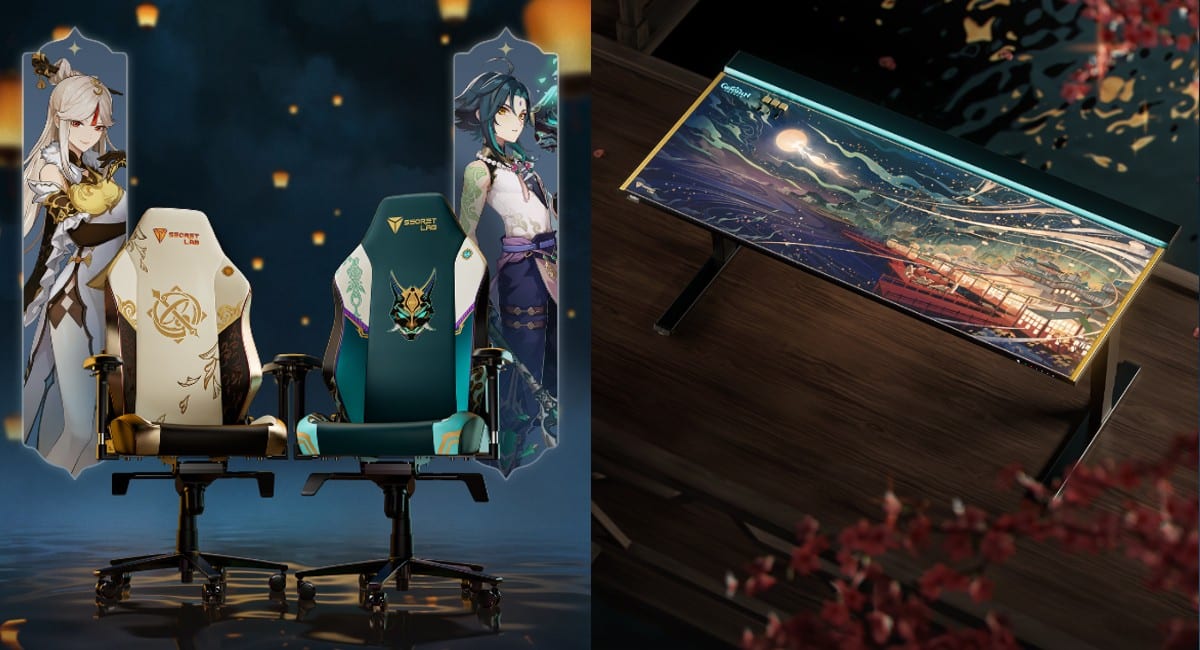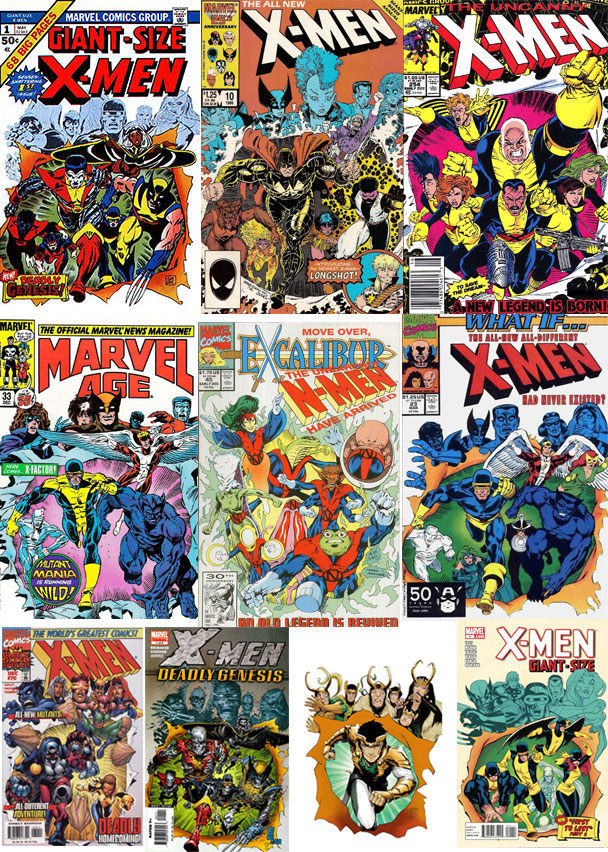
The Avengers are unquestionably Marvel’s main superhero team in the 21st century, certainly in the cinematic universe. The team brings together legacy heroes like Captain America, Iron Man, Thor, and the Hulk, much like how DC Comics’ Justice League united Superman, Batman, Wonder Woman, the Flash, and Green Lantern. The Justice League predated the Avengers and originally showcased DC’s most popular characters in one title, but Marvel’s response to the success of the Justice League did not begin with the Avengers. Instead, Marvel created an all new team called the Fantastic Four, who would become the foundation for the modern Marvel Universe.
Marvel Comics was originally known as Timely Comics when it started in 1939. The company was founded by publisher Martin Goodman and published several popular superhero characters during the 1940s Golden Age of comics, including Captain America, the Human Torch, and the Sub-Mariner. By 1951, the company changed its name to Atlas Comics after Goodman created his own distribution company. Atlas Comics continued publishing a wide variety of genres through the 1950s but had largely moved away from superhero titles. The modern name “Marvel Comics” was adopted in the early 1960s, with the first comic under that banner being The Fantastic Four #1 in 1961

Martin Goodman, the company’s editor, heard from DC’s editor, Jack Liebowitz, about DC’s success with the Justice League of America, which had launched in March of 1960. Goodman wanted a similar hit for his planned Marvel Comics, so he asked writer Stan Lee to create a new superhero team. Stan Lee, having spent two decades in comics and thinking about leaving the field, considered this his chance to write a comic the way he wanted. His wife, Joanne, encouraged him to try this new approach, since he planned to quit either way if it failed. Lee teamed up with Jack Kirby, and together they created the Fantastic Four. While Kirby later argued that he alone came up with the group’s concept, with Lee adding the dialogue, the collaboration between them shaped what would become a turning point for comics.
Unlike the Justice League, which was made up of established individual heroes, the Fantastic Four introduced completely new characters: Mister Fantastic, Invisible Woman, The Human Torch, and The Thing. Marvel was mostly known for war, romance, and monster comics at that time; their superheroes from the 1940s, such as Captain America and the original Human Torch, were not in print. The Fantastic Four debuted in November 1961 and became an instant success.

The Fantastic Four felt different from other superhero teams. They did not hold meetings in a secret base or gather around grand conference tables. Their adventures sometimes started at breakfast in their living room. The team included personalities not typical of standard heroes. The Thing took inspiration from Marvel’s monster comics, and became a hero haunted by his appearance. The Human Torch, not too unlike Robin from DC, but fought alongside the adults instead of serving as a sidekick on a youth team. The characters often argued and disagreed with each other as much as they did with their villains, giving the stories coming out of Marvel Comics a sense of realism and emotion.
The popularity of the Fantastic Four marked the start of the “Marvel Age of Comics.” Stan Lee, Jack Kirby, and others introduced a stream of new heroes that continue to shape Marvel Comics. In the decade after the Fantastic Four’s debut, Marvel launched characters such as the Hulk, Spider-Man, Thor, Ant-Man, Iron Man, Nick Fury, the Wasp, Doctor Strange, the X-Men, the Avengers, Scarlet Witch, Daredevil, Black Widow, Hawkeye, the Inhumans, Silver Surfer, Black Panther, Adam Warlock, and Captain Marvel. Many early Marvel character debuts and storylines, including Black Panther, Silver Surfer, and the Inhumans, appeared within Fantastic Four comics, earning it the tagline “The World’s Greatest Comic Magazine.”

While the Justice League’s formation at DC did lead Marvel to look for its own team approach, it was the Fantastic Four’s new ideas and group dynamic that laid the groundwork for Marvel’s growing universe. Still, within two years, Marvel had enough original heroes to debut the Avengers, a team that borrowed the structure of the Justice League but filled it with characters Marvel had introduced in the 1960s, and even added a hero from the Timely Comics era in Avengers #4 (1963), when Captain America was reintroduced to the modern Marvel Universe after being thawed from suspended animation, a key moment in integrating the Golden Age hero into the new superhero continuity Marvel was building.
By the time Lee and Kirby’s run ended with issue #102, Fantastic Four had begun to lose some momentum. Amazing Spider-Man, Marvel Team-Up, Conan the Barbarian, and Daredevil dominated the 70’s, and in the 1980s, the X-Men were the company’s biggest title. The Fantastic Four took on a secondary role as their stories shifted focus and sometimes included lesser-known or outcast characters. The Avengers, often called a team for characters without their own solo comics, kept Captain America, Iron Man, and Thor as its most recognizable members, but the group sometimes lacked the popularity seen in competing titles. The Avengers didn’t really become a strong selling book until around 1979 which coincided with Jim Shooter’s return as writer, and this momentum continued into the early 1980s, though never outselling X-Men or Spider-Man.

After a strong surge in the late 90’s from Heroes Reborn, Marvel strategically elevated the Avengers over both the X-Men and the Fantastic Four. This was because Marvel Entertainment wanted to focus on characters whose movie rights it controlled. The X-Men and Fantastic Four film rights were held by 20th Century Fox, so Marvel boosted the Avengers in both comics and eventually in 2012 at the movies. Yet the X-Men comics remained popular even as Marvel tried to promote other groups, such as the Inhumans, while the Fantastic Four saw their stories reduced and their comic canceled altogether in 2015. That same year, FOX attempted a film reboot of the Fantastic Four with Josh Trank that struggled, and the team’s profile fell even further as each of the Avengers movies saw bigger and bigger box office success. Avengers: Age of Ultron earned over $1 billion worldwide and established the Avengers as Marvel’s top brand, while DC’s Justice League movie tried to use a similar formula, but could not keep up. The Avengers was able to reap a whopping $1,518,815,515 (1.5 billion) in box office receipts compared to Justice League’s paltry $657,925,295.

Although the Avengers are now seen as Marvel’s equivalent to the Justice League, the Fantastic Four are actually the better representatives of what sets Marvel apart from the competition. Their characters act as a family and face challenges together, often feeling like outsiders compared to other teams in superhero comics. For Marvel fans, the Fantastic Four are more than just founding members of the universe; they are the heart of what makes Marvel stories unique, and to fans and historians they will always be, Marvel’s First Family.
***



















 English (US) ·
English (US) ·